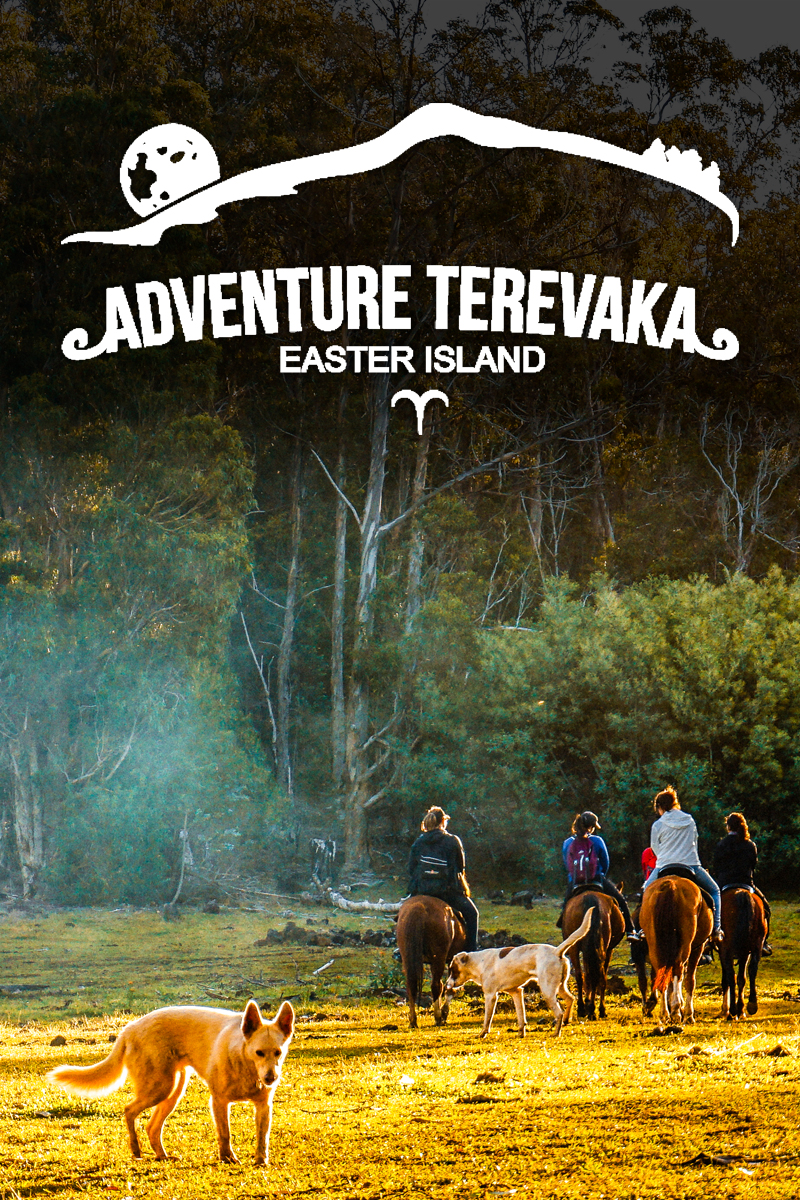[et_pb_section fb_built=”1″ fullwidth=”on” _builder_version=”3.26.6″][et_pb_fullwidth_image src=”https://moevarua.com/wp-content/uploads/2019/08/WhatsApp-Image-2019-08-12-at-17.02.44-29.jpeg” _builder_version=”3.26.6″][/et_pb_fullwidth_image][/et_pb_section][et_pb_section fb_built=”1″ _builder_version=”3.26.6″ background_color=”#000000″ custom_padding=”0px||0px|||”][et_pb_row _builder_version=”3.26.6″][et_pb_column type=”4_4″ _builder_version=”3.26.6″][et_pb_text _builder_version=”3.26.6″ header_text_color=”#edf000″ header_font_size=”40px” custom_margin=”||5px|||”]
Excavations at Rano Raraku
[/et_pb_text][et_pb_text _builder_version=”3.26.6″ header_text_color=”#edf000″ header_font_size=”40px”]
Jo Anne van Tilburg
[/et_pb_text][/et_pb_column][/et_pb_row][/et_pb_section][et_pb_section fb_built=”1″ _builder_version=”3.26.6″ custom_padding=”||0px|||”][et_pb_row column_structure=”3_5,2_5″ _builder_version=”3.26.6″][et_pb_column type=”3_5″ _builder_version=”3.26.6″][et_pb_text _builder_version=”3.26.6″ text_text_color=”#000000″ text_font_size=”16px”]With the ratification of excavation permits from the Island authorities, Jo Anne van Tilberg completed the first stage of excavations begun in Abril of 2010 in the quarry at Rano Raraku, which were interrupted earlier this year by the theft of the meteorological equipment. This project is a study of a Moai with petroglyphs found in the Rano Raraku crater that was mentioned by Katherine Routledge in her unpublished field notes.
On the back of the statue, the excavation uncovered 13 petroglyphs of Polynesian canoes, a flying fish and three lines with a circle, very similar to carvings on other Moai. This would be the fifth excavation of this statue within modern Rapanui history. The first, done by Routledge, has no scientific record except for her field notes. The second time was by Thor Heyerdahl (1956), the third by the enthnographer Thomas Barthel (1957) and the fourth by the artist Lorenzo Dominguez (1960). All excavated the Moai to the same level as Routledge and then reburied it. Someone even left a forgotten empty bottle of French wine within the fill. Sadly, over the last 100 years there have been around 90 excavations of statues in different parts of the Island by various people, without the corresponding reports or scientific registries.[/et_pb_text][/et_pb_column][et_pb_column type=”2_5″ _builder_version=”3.26.6″][et_pb_code _builder_version=”3.26.6″][bsa_pro_ad_space id=3][/et_pb_code][/et_pb_column][/et_pb_row][et_pb_row _builder_version=”3.26.6″][et_pb_column type=”4_4″ _builder_version=”3.26.6″][et_pb_text _builder_version=”3.26.6″ text_font_size=”16px”]
A section of map generated by GPS data, showing the location and features of the Moai within the quarry at Rano Raraku.
[/et_pb_text][/et_pb_column][/et_pb_row][/et_pb_section][et_pb_section fb_built=”1″ fullwidth=”on” _builder_version=”3.26.6″][et_pb_fullwidth_image src=”https://moevarua.com/wp-content/uploads/2019/08/WhatsApp-Image-2019-08-12-at-17.02.44-27.jpeg” _builder_version=”3.26.6″][/et_pb_fullwidth_image][/et_pb_section][et_pb_section fb_built=”1″ _builder_version=”3.26.6″][et_pb_row column_structure=”3_5,2_5″ _builder_version=”3.26.6″][et_pb_column type=”3_5″ _builder_version=”3.26.6″][et_pb_text _builder_version=”3.26.6″ text_text_color=”#000000″ text_font_size=”16px”]Christian Arévalo, a member of the research team since 1989, tells that ” in the current excavation of the first of the two Moai of interest, in which 10 Rapanui people worked, we removed approximately 26m3 (920 cu.ft.) of earth until we reached the base of the statue which is a flat stone on a pavement of basaltic bedrock, which makes a wedge to stabilize the Moai. In this last level, about 1,2 meters (4 feet) deep, the excavation turned delicate, since it was full of chips of lapilli which had fallen to the ground when the Moai was being finished. This was the most ancient level where material had never before been moved, not even by Routledge. We sensed a very special energy. Here we found a large number of Toki, basalt chisels used as tools to sculpt the Moai. We also found the signature of the artists underneath the Moai – a petroglyph of a canoe with two paddles. Why were there petroglyphs on a Moai? We would suspect that, during the tribal wars, canoes would be carved on different parts of the statues, even on the face, as a political statement following their demoliton.”[/et_pb_text][/et_pb_column][et_pb_column type=”2_5″ _builder_version=”3.26.6″][et_pb_code _builder_version=”3.26.6″][bsa_pro_ad_space id=2][/et_pb_code][/et_pb_column][/et_pb_row][et_pb_row _builder_version=”3.26.6″][et_pb_column type=”4_4″ _builder_version=”3.26.6″][et_pb_text _builder_version=”3.26.6″ text_text_color=”#000000″ text_font_size=”16px”]After a thorough review of Routledge’s field notes, a detailed compilation of photos of the period, a census with a total of 1045 Moai extant throughout the world (the result of a previous research project) and the results from the present excavation, the team will be able to form a complete data base on the Ahu and the Moai of Rapa Nui. Jo Anne tells us that, apart from 286 ancient Toki, they also found framents of skulls, jaw bones from Polynesian rats, some human bones, some chicken bones, charcoal and high concentrations of fine black gravel which is decomposed basalt. All of these artifacts will remain on the Island. The report will be available in an innovative topographical and archaeological map, with an inventory of more than twenty thousand images, from next March on the web site.[/et_pb_text][/et_pb_column][/et_pb_row][/et_pb_section][et_pb_section fb_built=”1″ fullwidth=”on” _builder_version=”3.26.6″][et_pb_fullwidth_image src=”https://moevarua.com/wp-content/uploads/2019/08/WhatsApp-Image-2019-08-12-at-17.02.44-8.jpeg” _builder_version=”3.26.6″][/et_pb_fullwidth_image][/et_pb_section][et_pb_section fb_built=”1″ _builder_version=”3.26.6″ custom_padding=”||0px|||”][et_pb_row column_structure=”1_3,1_3,1_3″ _builder_version=”3.26.6″][et_pb_column type=”1_3″ _builder_version=”3.26.6″][et_pb_image src=”https://moevarua.com/wp-content/uploads/2019/08/WhatsApp-Image-2019-08-12-at-17.02.44-4.jpeg” _builder_version=”3.26.6″][/et_pb_image][/et_pb_column][et_pb_column type=”1_3″ _builder_version=”3.26.6″][et_pb_image src=”https://moevarua.com/wp-content/uploads/2019/08/WhatsApp-Image-2019-08-12-at-17.02.44-26.jpeg” _builder_version=”3.26.6″][/et_pb_image][/et_pb_column][et_pb_column type=”1_3″ _builder_version=”3.26.6″][et_pb_image src=”https://moevarua.com/wp-content/uploads/2019/08/WhatsApp-Image-2019-08-12-at-17.02.44-25.jpeg” _builder_version=”3.26.6″][/et_pb_image][/et_pb_column][/et_pb_row][et_pb_row _builder_version=”3.26.6″][et_pb_column type=”4_4″ _builder_version=”3.26.6″][et_pb_text _builder_version=”3.26.6″ text_text_color=”#000000″ text_font_size=”16px”]The survey of the 1045 Moai from Rapa Nui, both those on the Island as well as those in museums throughout the world, is part of the Easter Island Statue Project (www.eisp.org) which van Tilburg began in 1982, using modern topographic measuring equipment, a GPS rover unit. The final stage of this project consists of the excavation of a second Moai within the quarry at Rano Raraku and will be done within the next 5 years. Jo Anne van Tilburg’s latest project will be the creation of a program for restoration with the participation of young Rapanui students of archaeology, conservation and archaeological restoration.[/et_pb_text][et_pb_button button_text=”PHOTO GALLERY” button_alignment=”center” _builder_version=”3.26.6″ custom_button=”on” button_text_size=”24px” button_icon=”%%10%%” button_on_hover=”off”][/et_pb_button][et_pb_gallery gallery_ids=”10056,10054,10050,10046,10042,10036,10040,10038,10024,10026,10034,10032,10030,10028,10022,10020,10018,10014,10012,10010,10052″ fullwidth=”on” hover_icon=”%%16%%” _builder_version=”3.26.6″][/et_pb_gallery][/et_pb_column][/et_pb_row][/et_pb_section][et_pb_section fb_built=”1″ _builder_version=”3.22.7″ custom_padding=”0px||0px|||”][et_pb_row _builder_version=”3.25″ width_last_edited=”on|phone” custom_padding=”0px||0px|||”][et_pb_column type=”4_4″ _builder_version=”3.25″ custom_padding=”|||” custom_padding__hover=”|||”][et_pb_text _builder_version=”3.22.7″ custom_padding=”||0px|||”][bsa_pro_ad_space id=1][/et_pb_text][/et_pb_column][/et_pb_row][/et_pb_section][et_pb_section fb_built=”1″ _builder_version=”3.22.7″ custom_padding=”3px||0px|||”][et_pb_row _builder_version=”3.25″][et_pb_column type=”4_4″ _builder_version=”3.25″ custom_padding=”|||” custom_padding__hover=”|||”][et_pb_text _builder_version=”3.22.7″]
Featured Reports:
[/et_pb_text][et_pb_blog fullwidth=”off” posts_number=”3″ include_categories=”3″ show_date=”off” use_overlay=”on” _builder_version=”3.26.6″][/et_pb_blog][/et_pb_column][/et_pb_row][/et_pb_section]

















